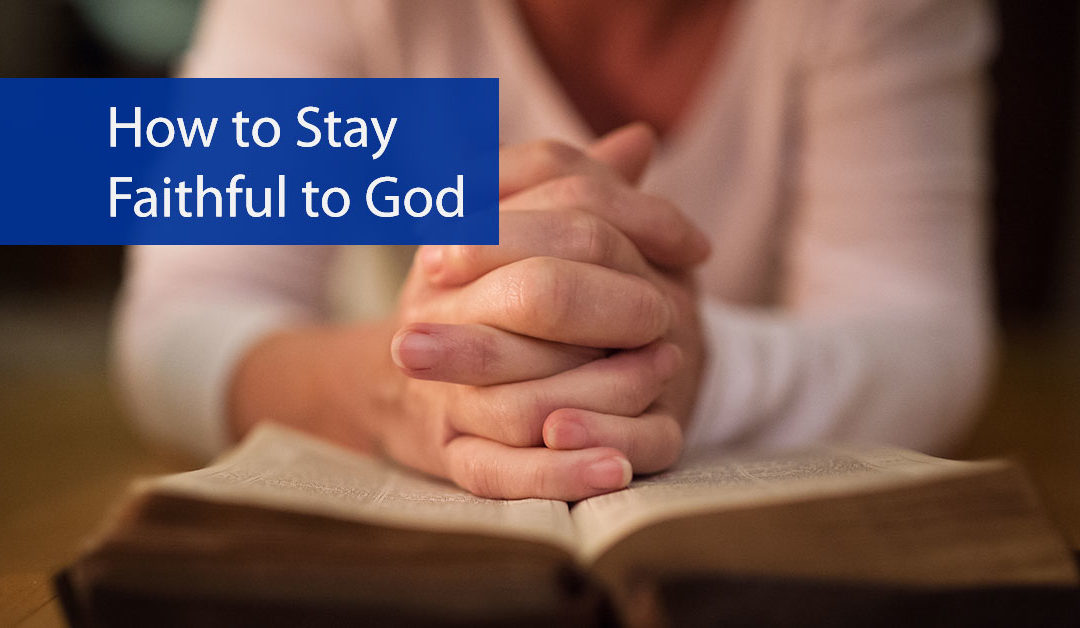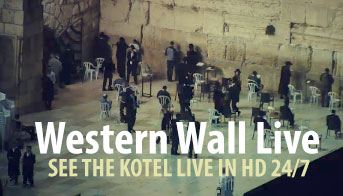Daniel and three young companions were among the scores carried off to Babylon by Nebuchadnezzar’s armies. They were snatched from their homes and families, and we are not told if any family members survived the battle and ransacking of Jerusalem. The young men would be forced to endure whatever trials and degradation faced them. Despite the circumstances surrounding these four young men, they did not relinquish their faith in Jehovah.
These Hebrew boys from noble, nurturing families had been accustomed to being in a warm and caring atmosphere. They were homesick and unsettled, and things would only get worse. Their familial protection had been stripped from them, and they were at the mercy of a pagan king and his minions. Yet God had not forsaken them; their training had not abandoned them; their faith in Jehovah was secure. They would be faced with trials and demands that would challenge their beliefs. Would they remain faithful?
One of the first tests to which Daniel, Shadrach, Meshach, and Abednego would be subjected was over the food provided to them. The king had ordered that they be fed from his table with food that was not allowed under the Law of Moses. The three young men were determined not to eat the food offered to idols and petitioned the Babylonian official to allow them to partake of only vegetables and water. With reluctance, the keeper agreed. The resolve of the young men and their obedience to God’s law won them the respect of the official, of Nebuchadnezzar, and of God. They had passed the first test with flying colors, but a more difficult test lurked around the corner. How would they handle a life-threatening situation?
Nebuchadnezzar was not unlike many in the public eye today: He began to believe his own hype, his own public relations fantasies. As his ego grew, so did his desire to erect a statue that would reflect his untold wealth and power. His artisans loosely based the design of the image on a dream that Nebuchadnezzar had experienced, the meaning of which Daniel had interpreted. The king opened the doors to his vast storehouses of golden treasure to provide the materials from which the idol was to be made. It is entirely possible that some of the golden vessels taken from the Temple in Jerusalem were included in those melted and used to fashion the commanded graven image.
The Chaldeans worshiped a number of heathen deities, but nothing as brilliant and magnificent as the statue that rose up from the plain of Dura. It was said to be 90 feet tall and nine feet wide—probably with an appearance much like an obelisk. Nebuchadnezzar was elated with the statue when it was completed and issued an edict to the people of Babylon: The graven image was to be dedicated as an object of worship, and all would display their consummate devotion by bowing down before the idol:
Now, Daniel and his friends had cut their teeth on the laws of God, specifically the Ten Commandments. The tenets and precepts of God’s law were deeply ingrained in the minds and spirits of those young men. The first and second commandments are very specific: You shall have no other gods before me. You shall not make any graven image. And even though their lives were threatened, those Hebrew children would not bow down.







